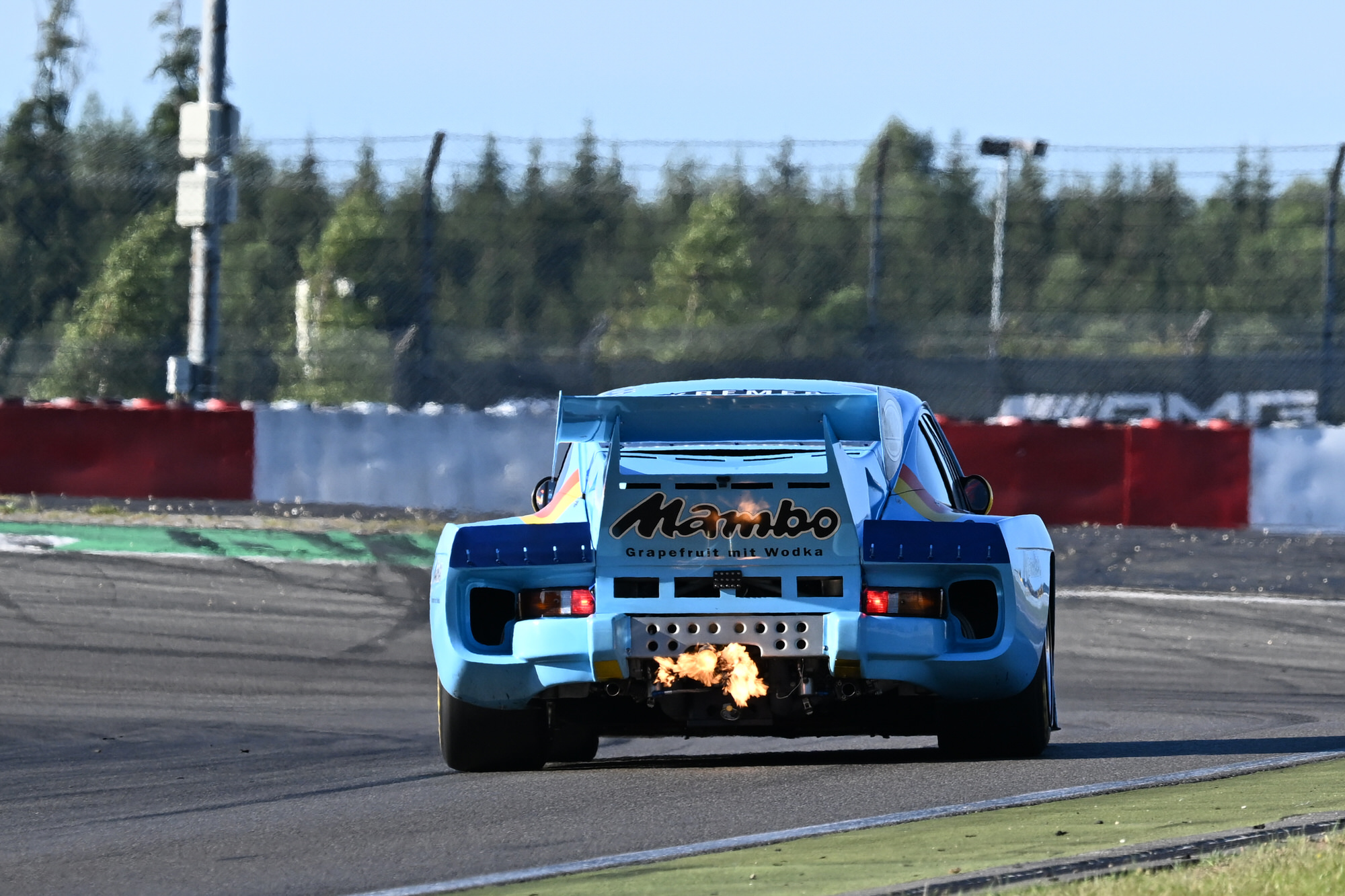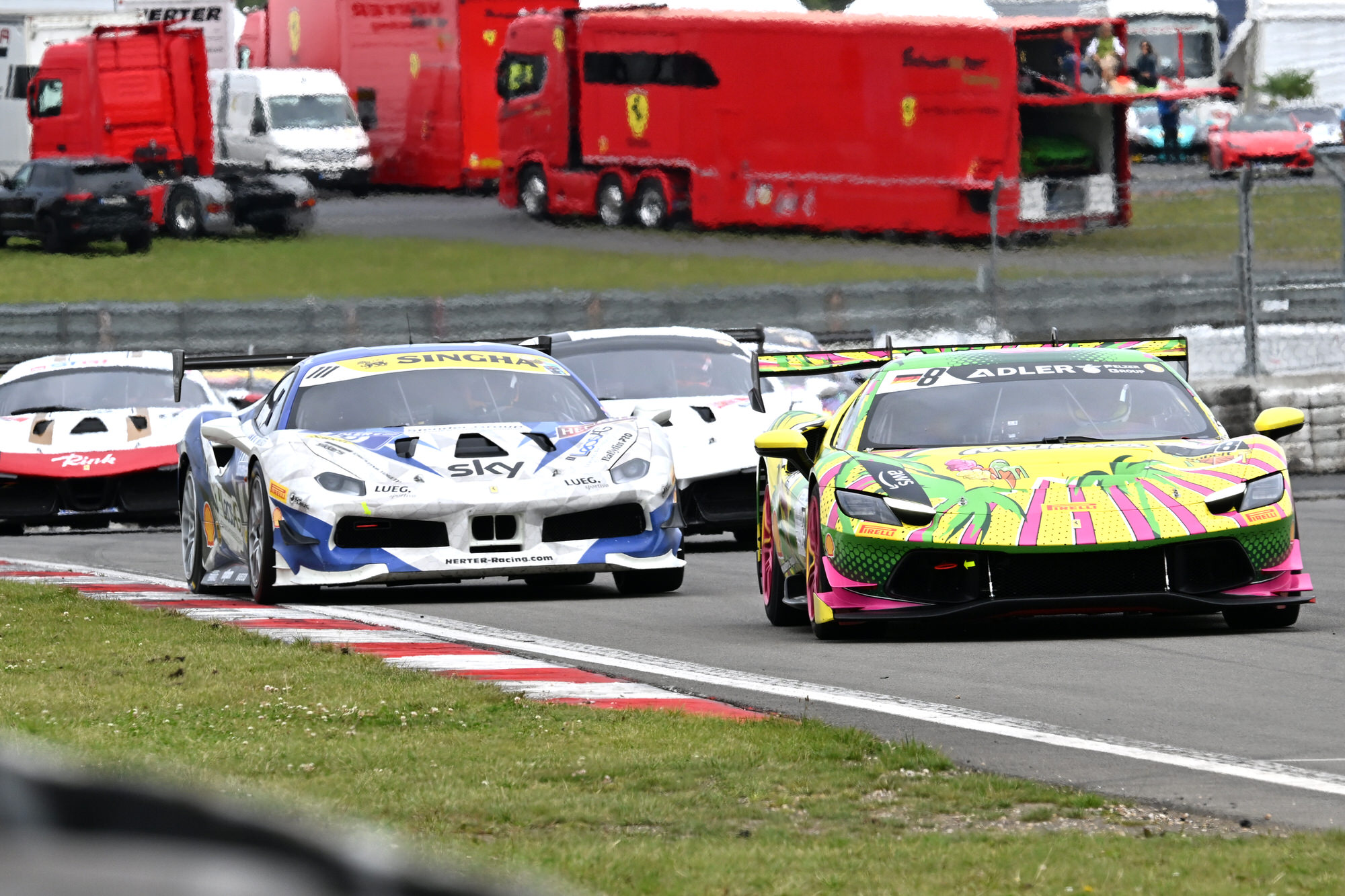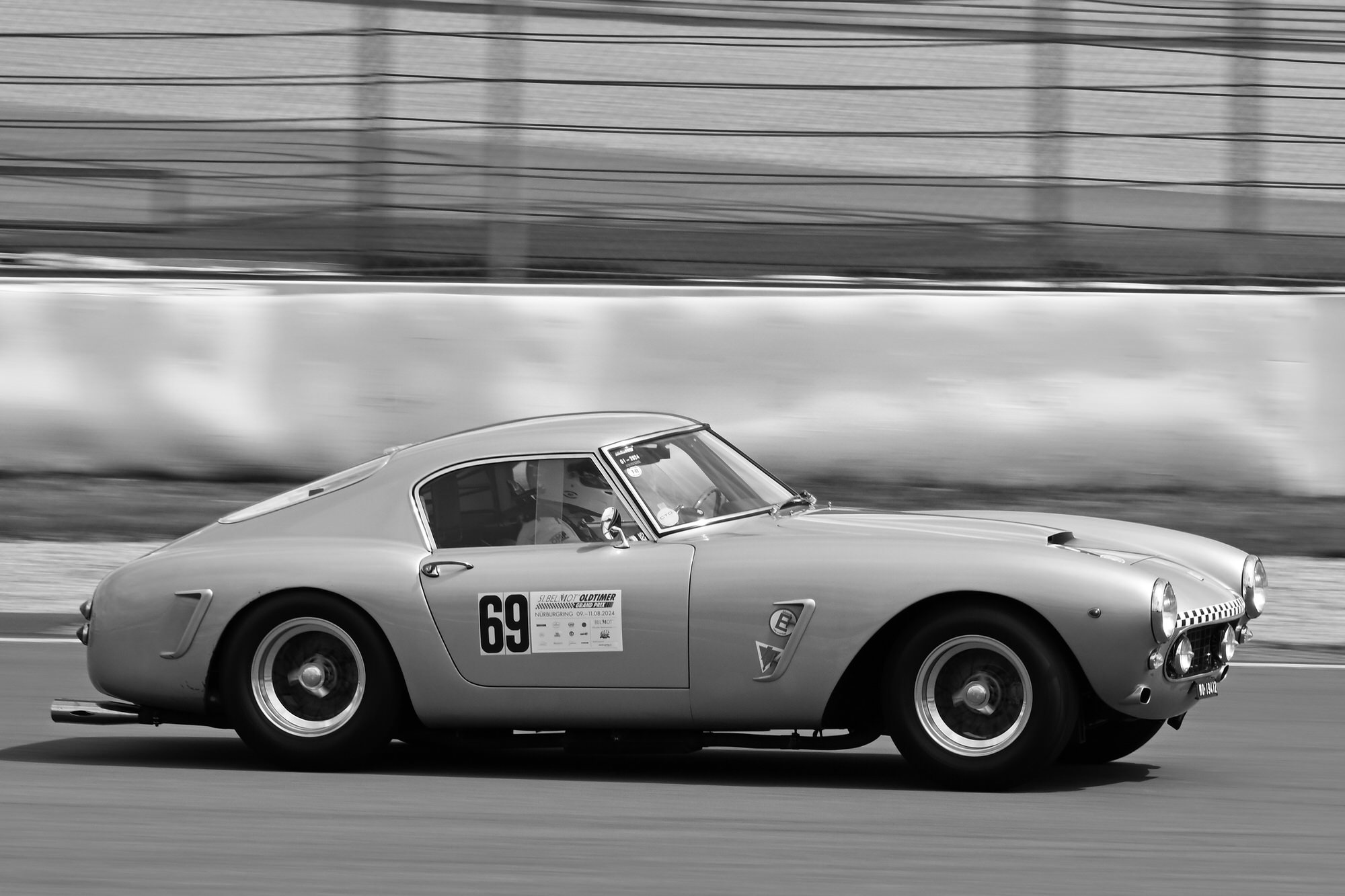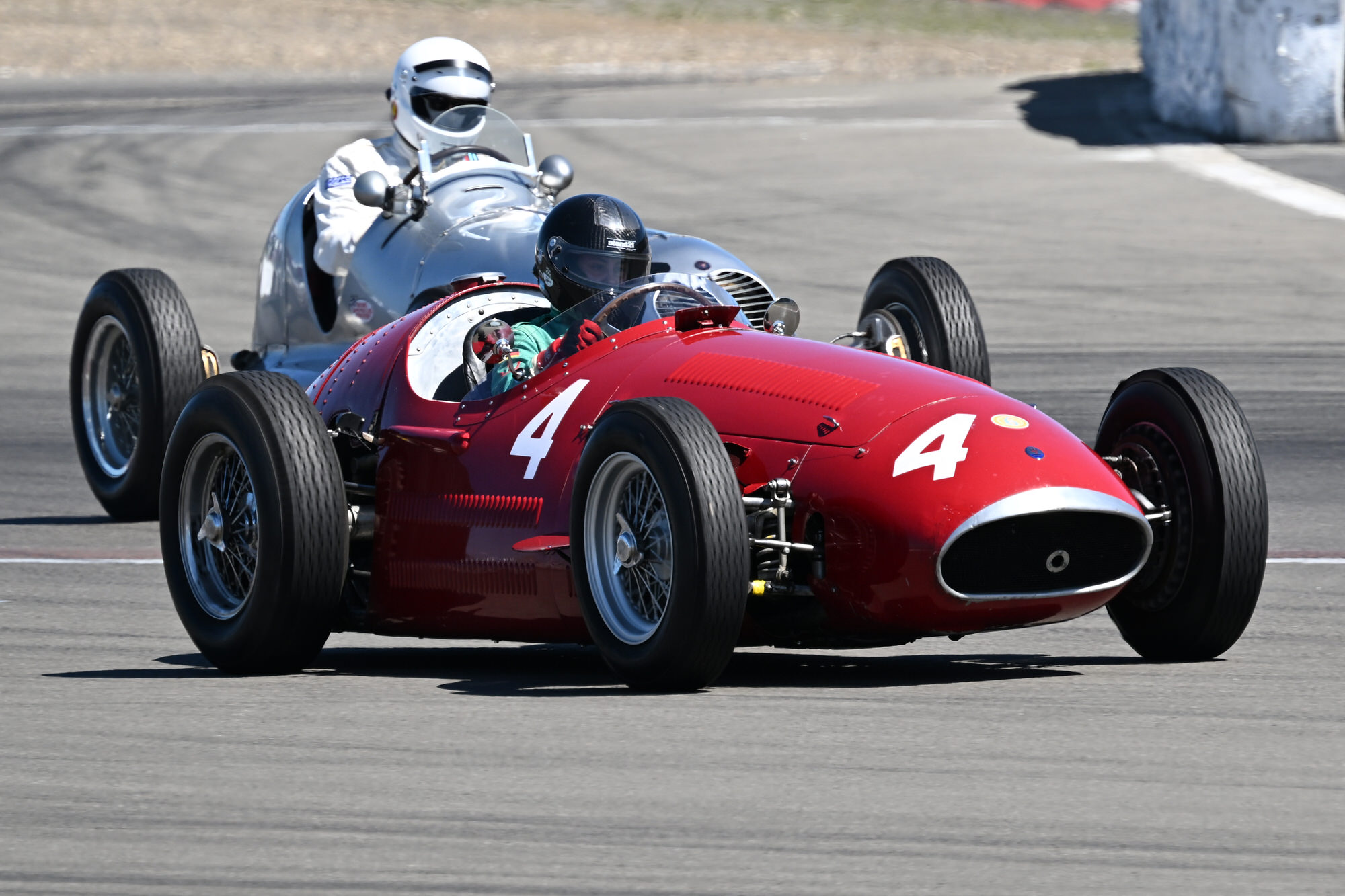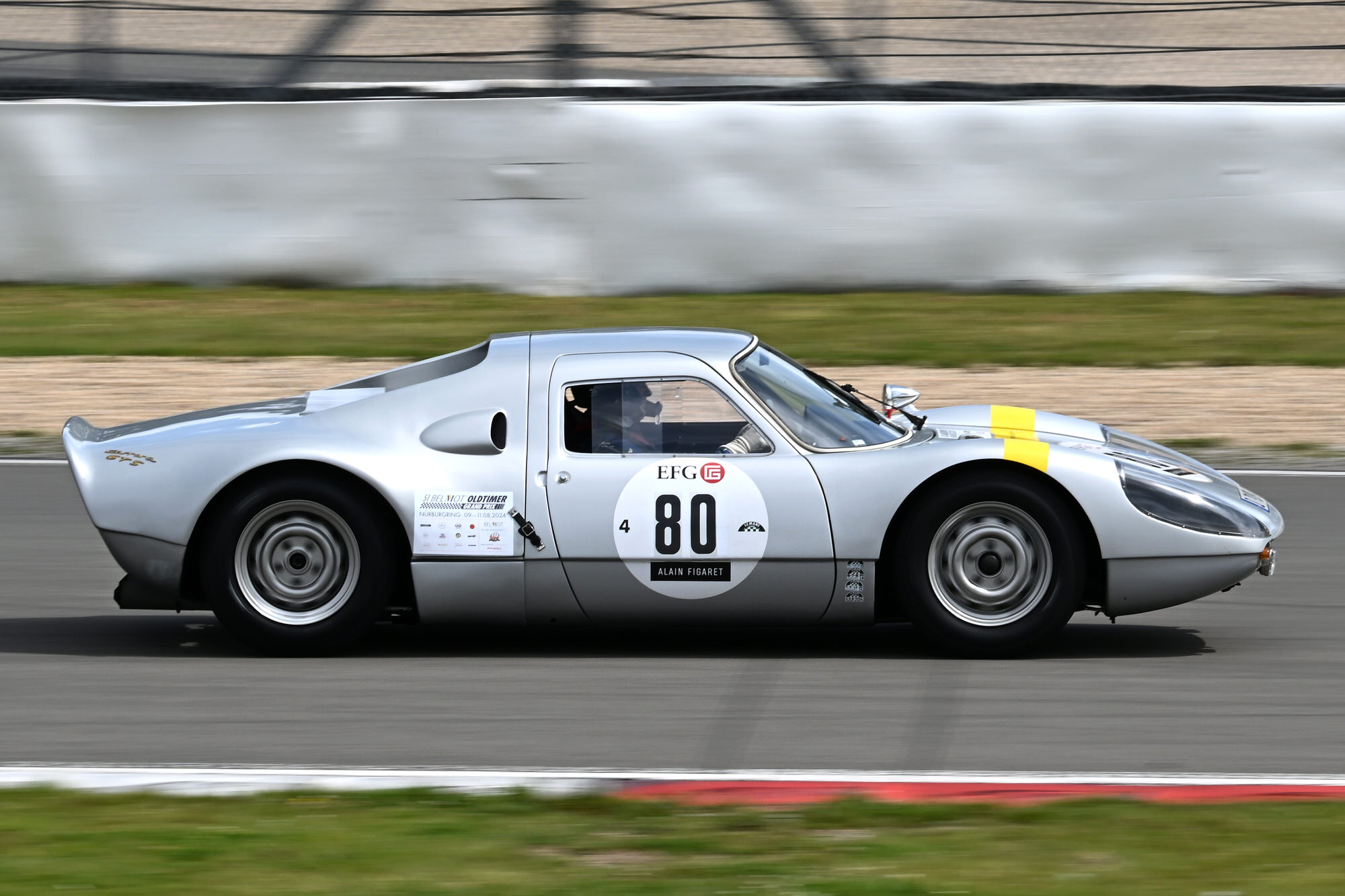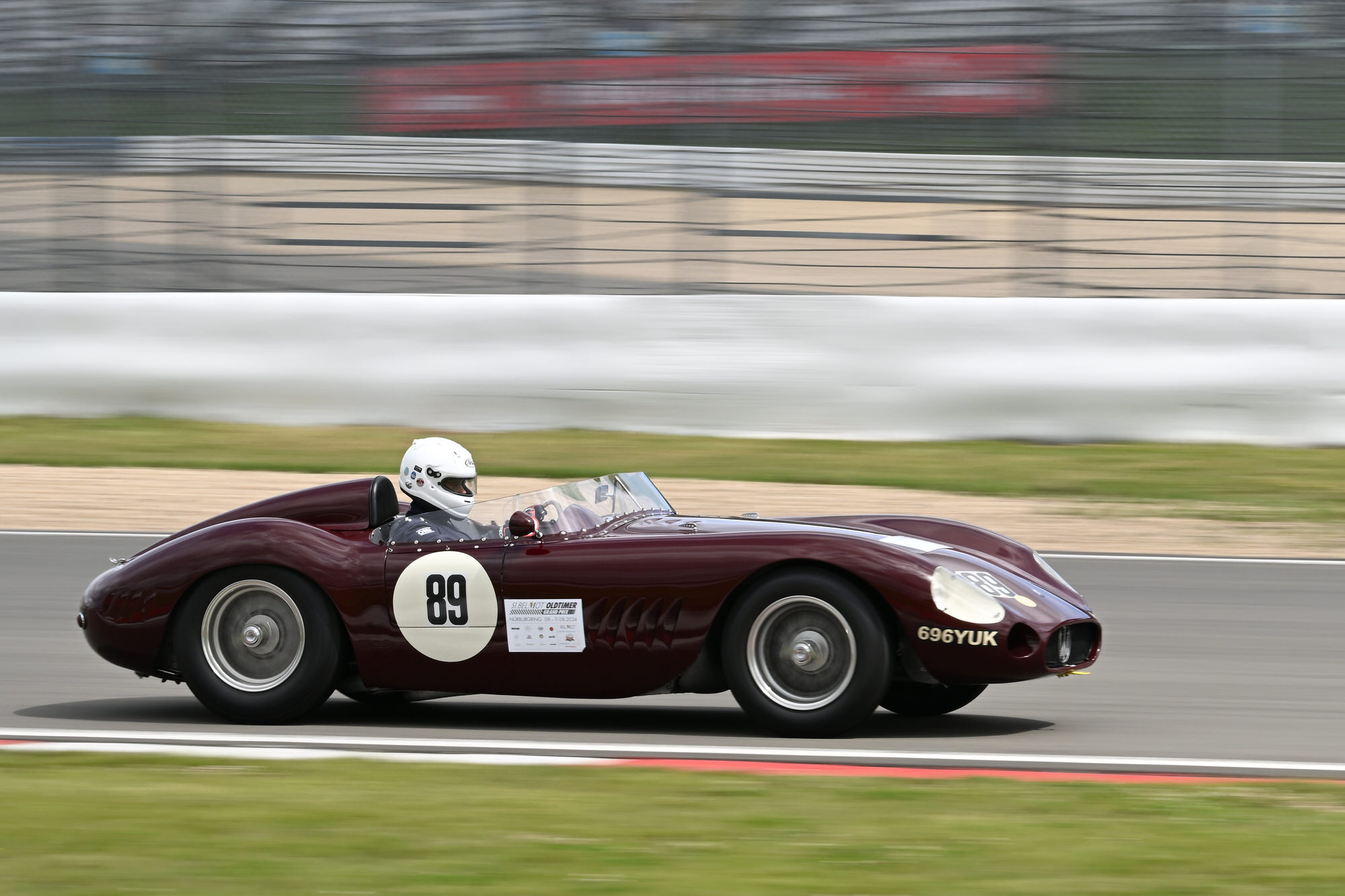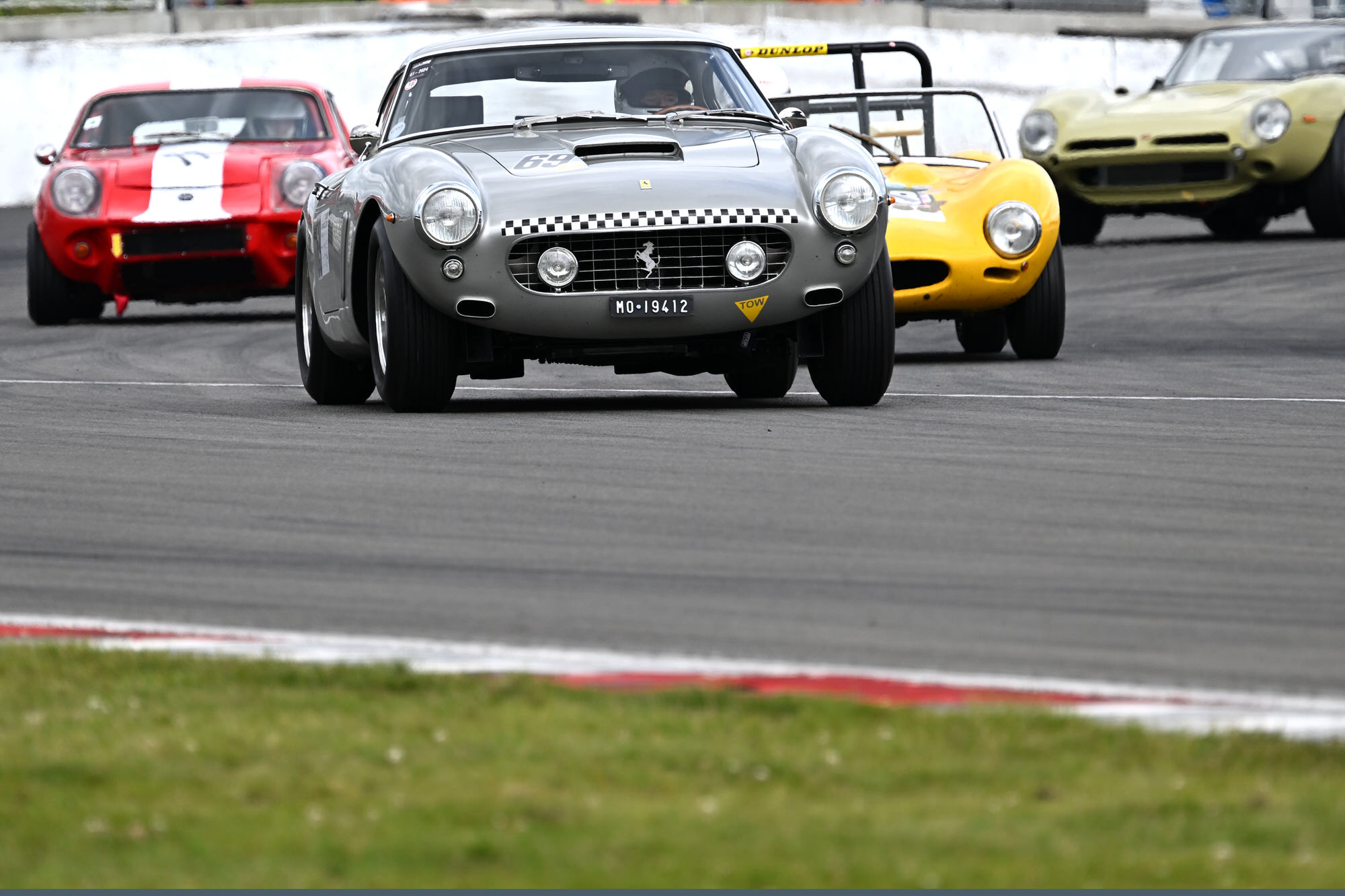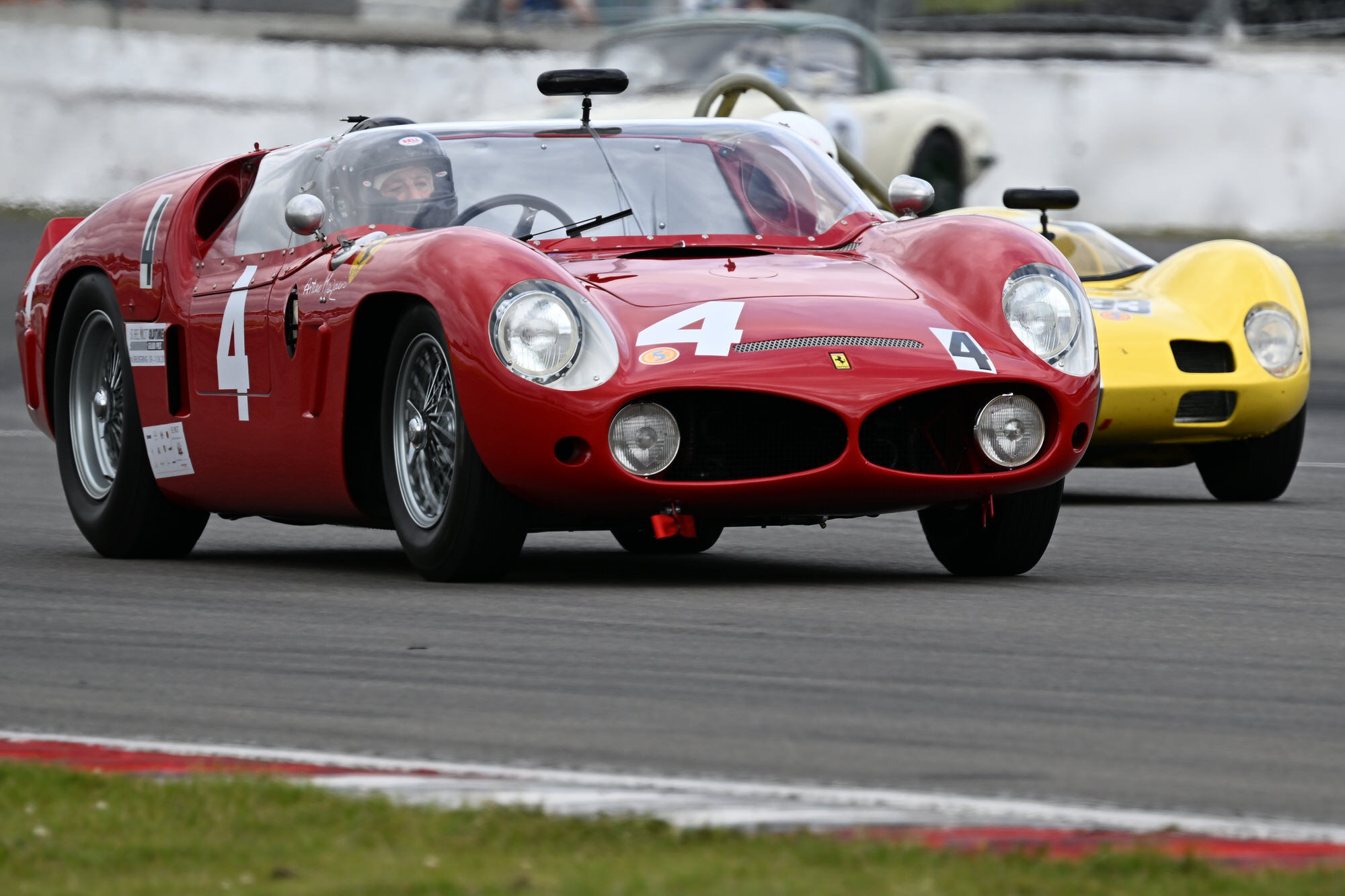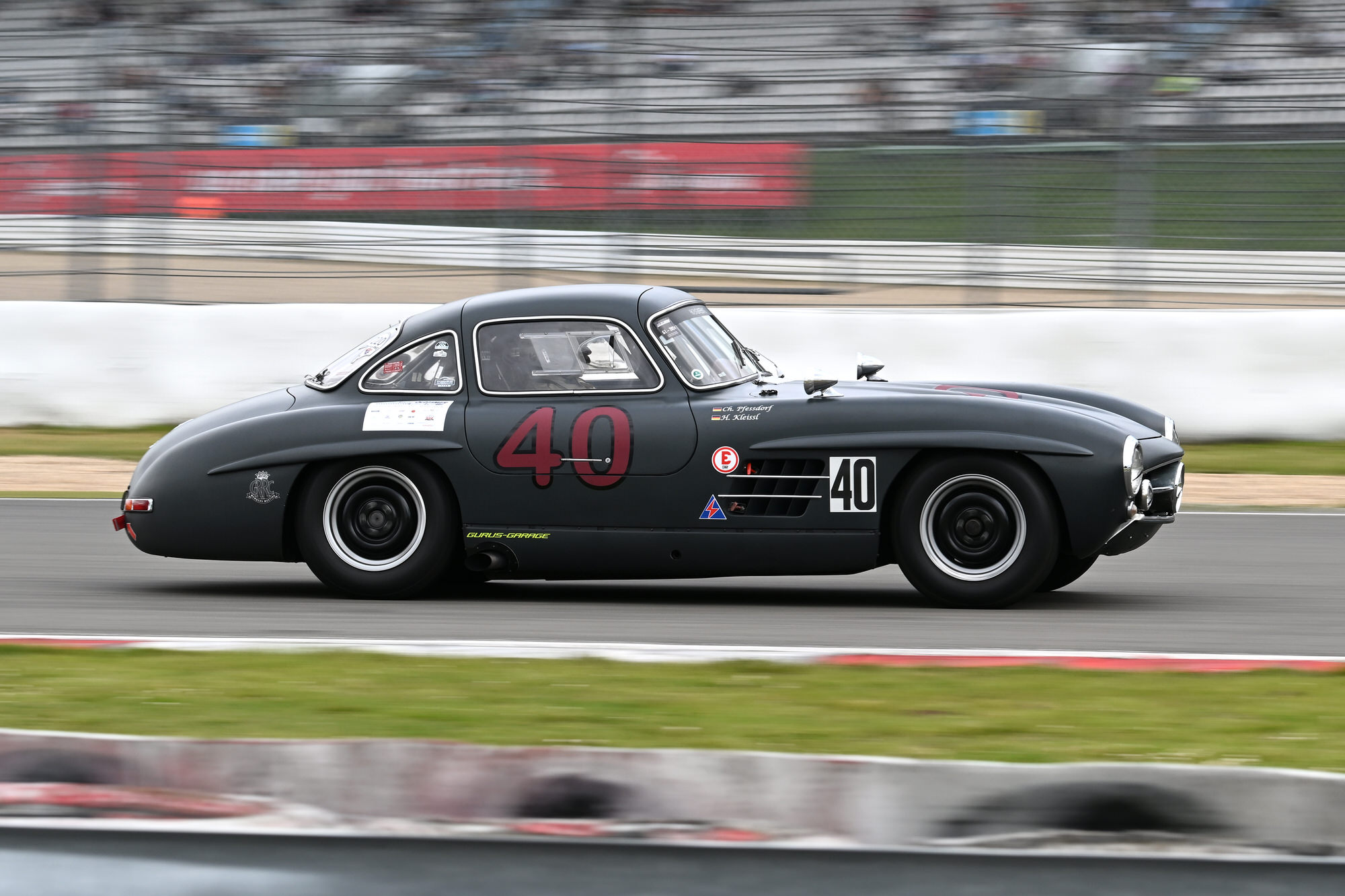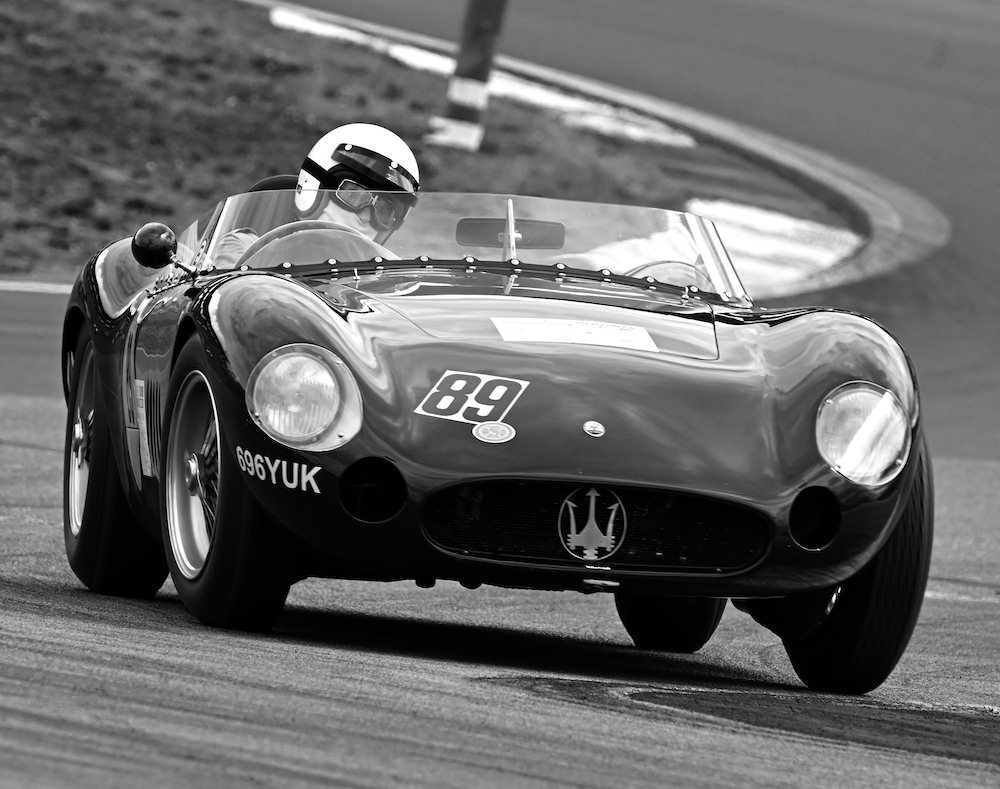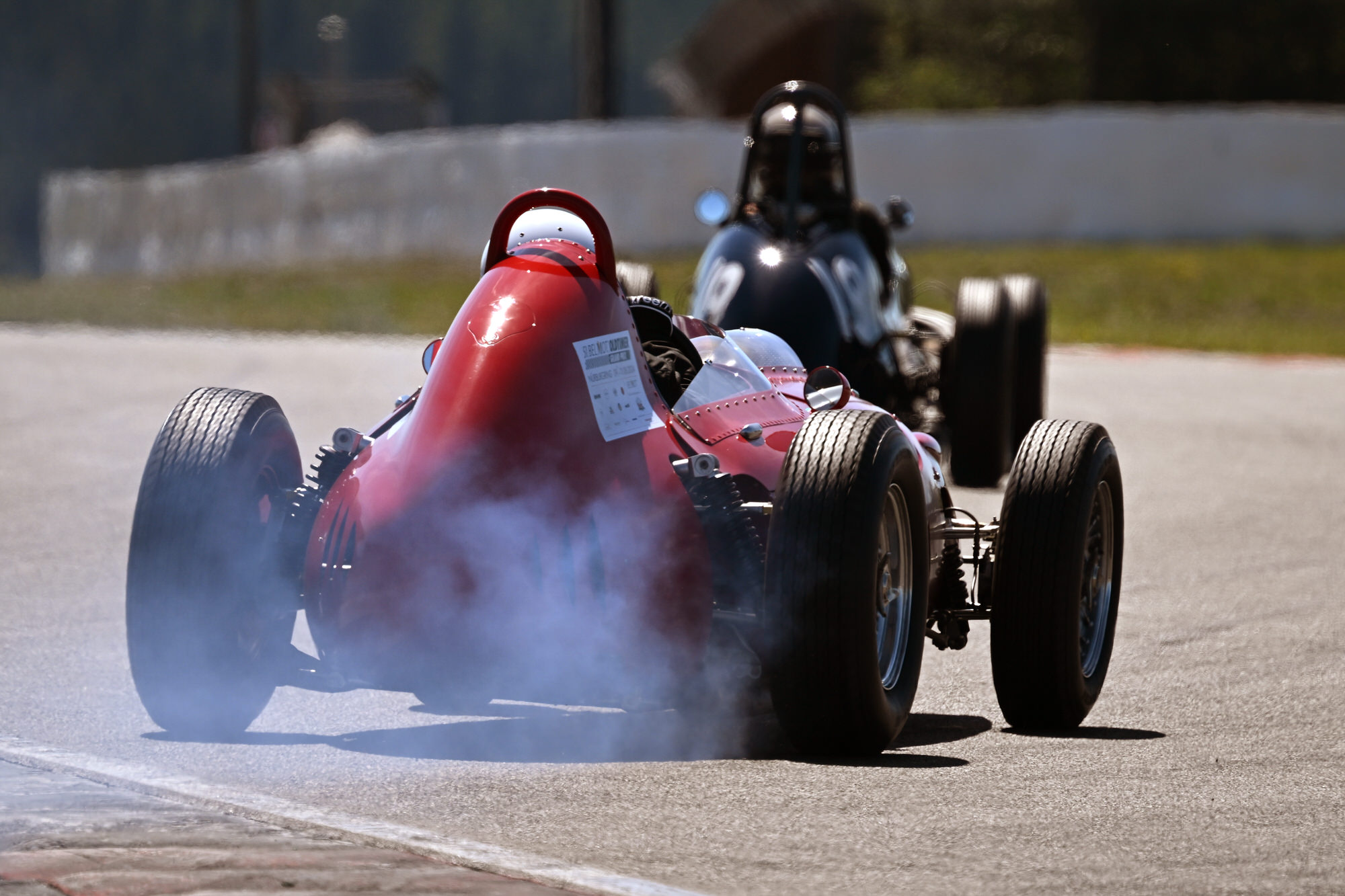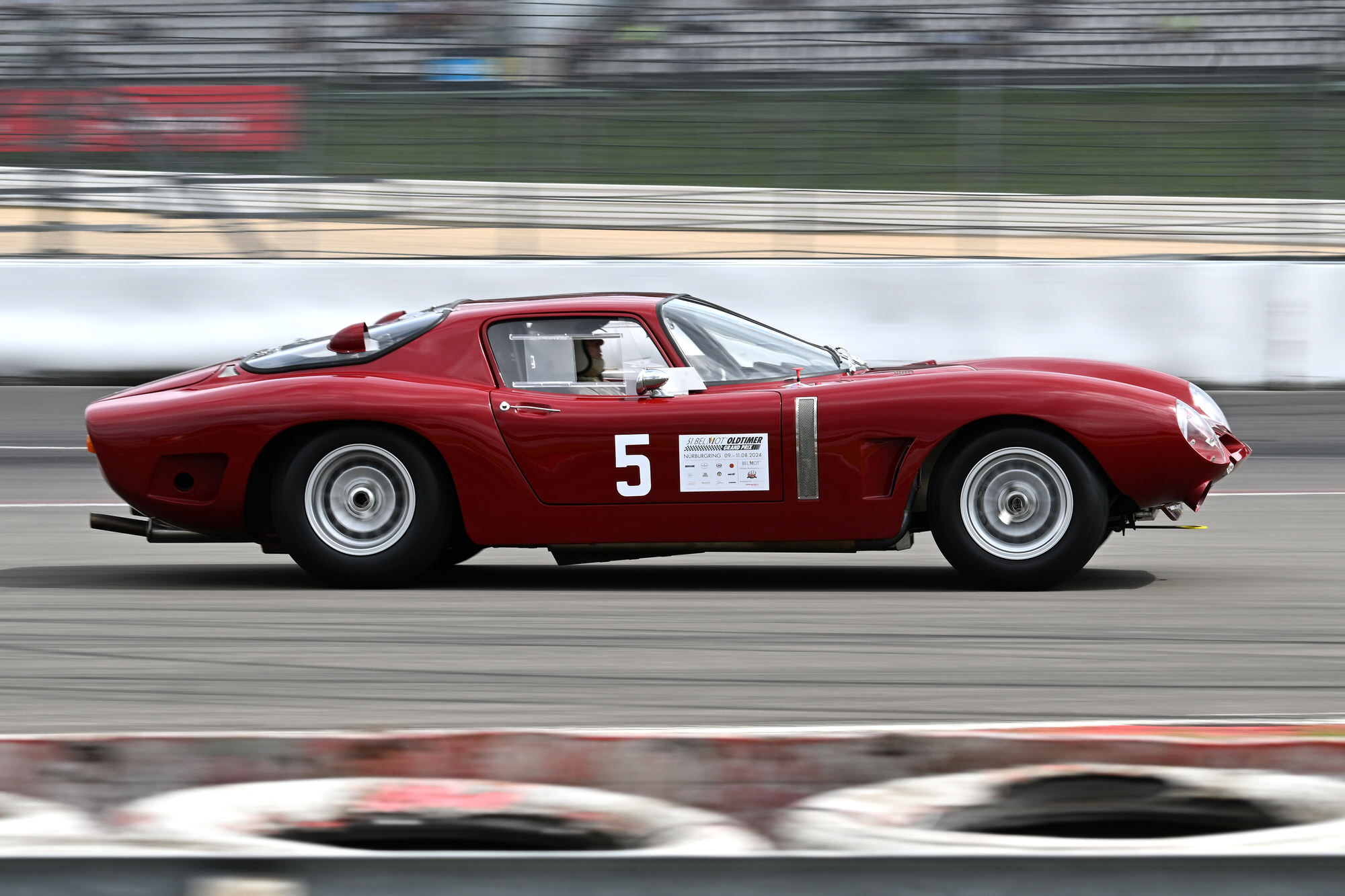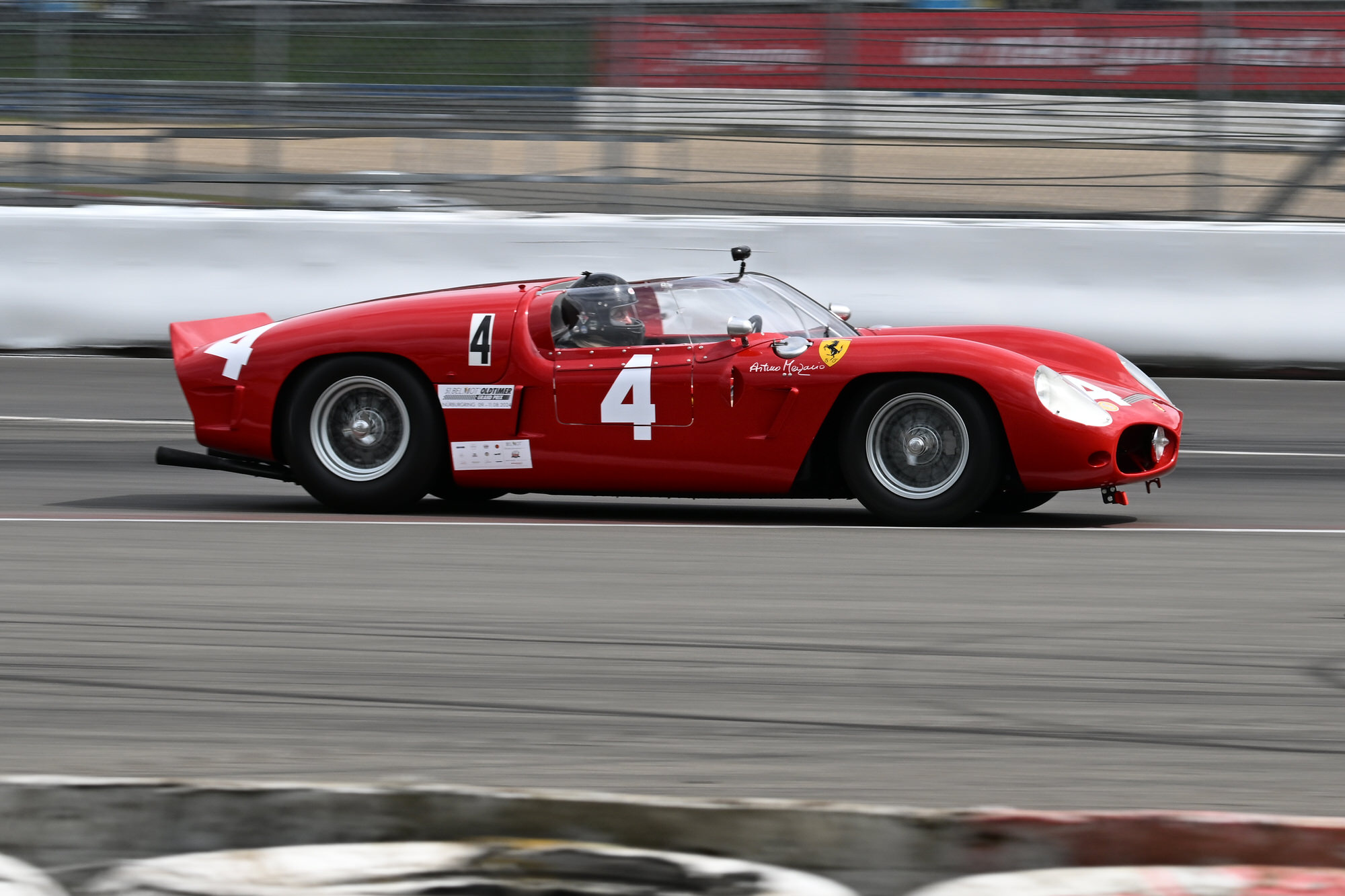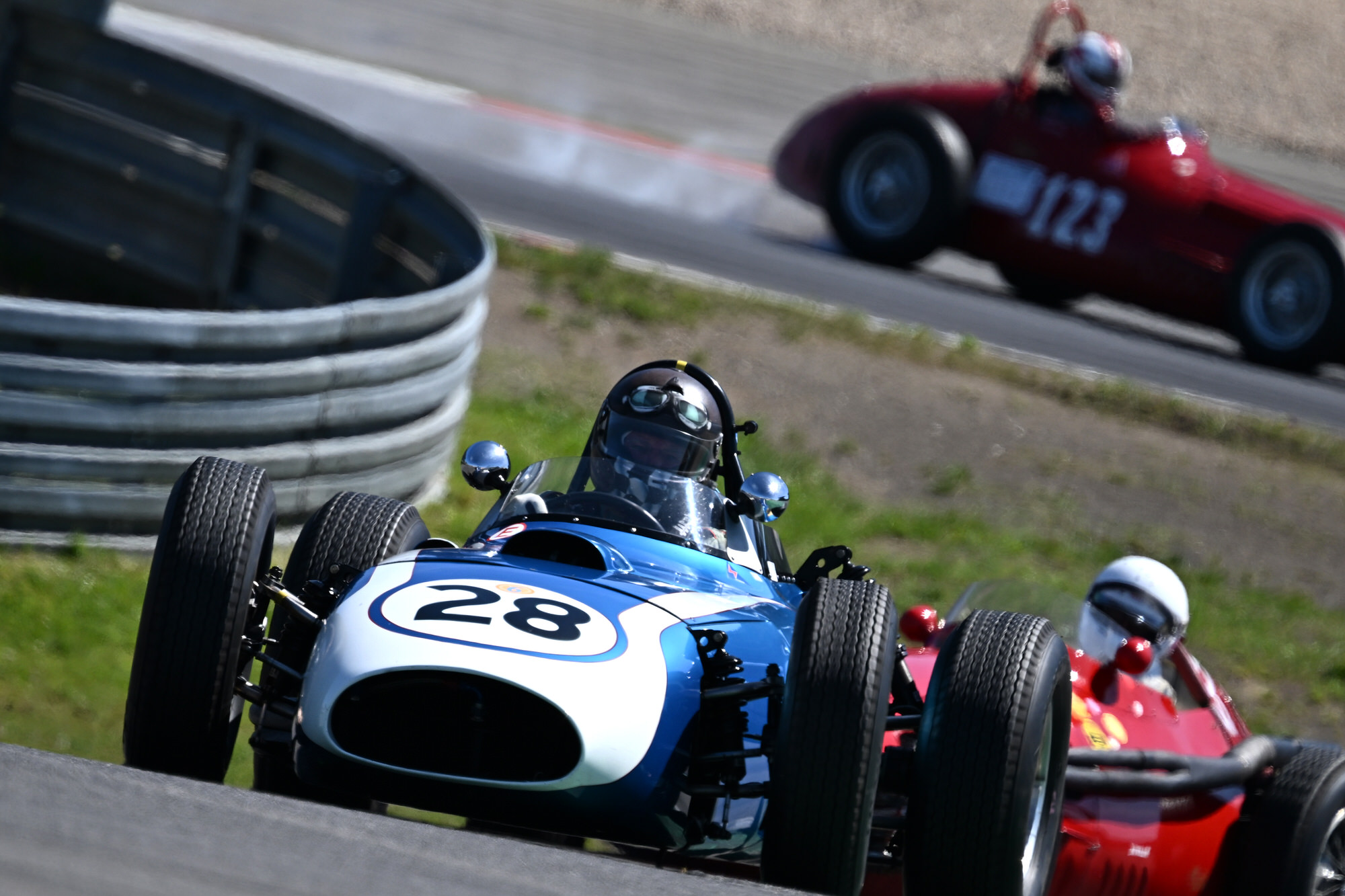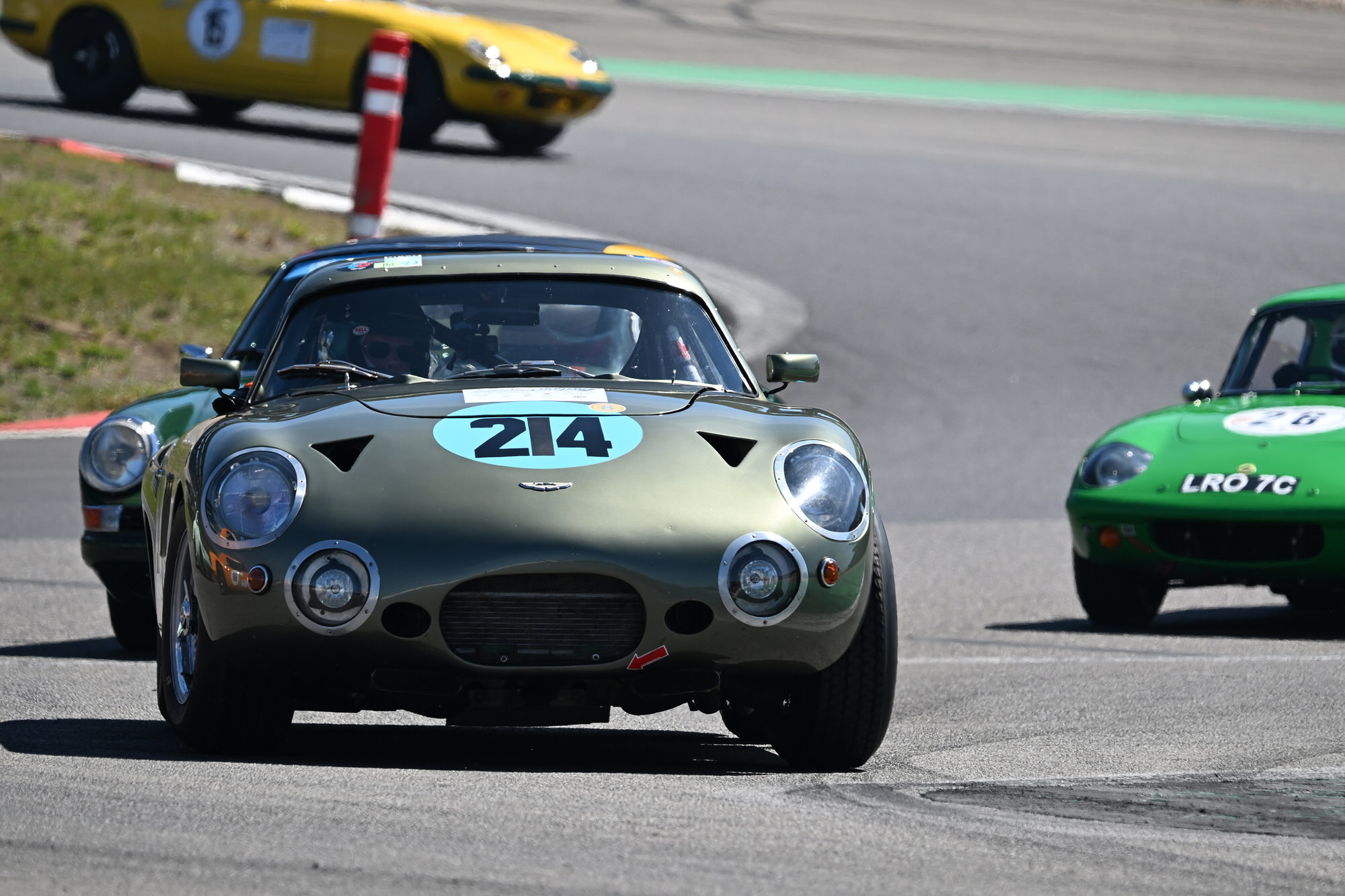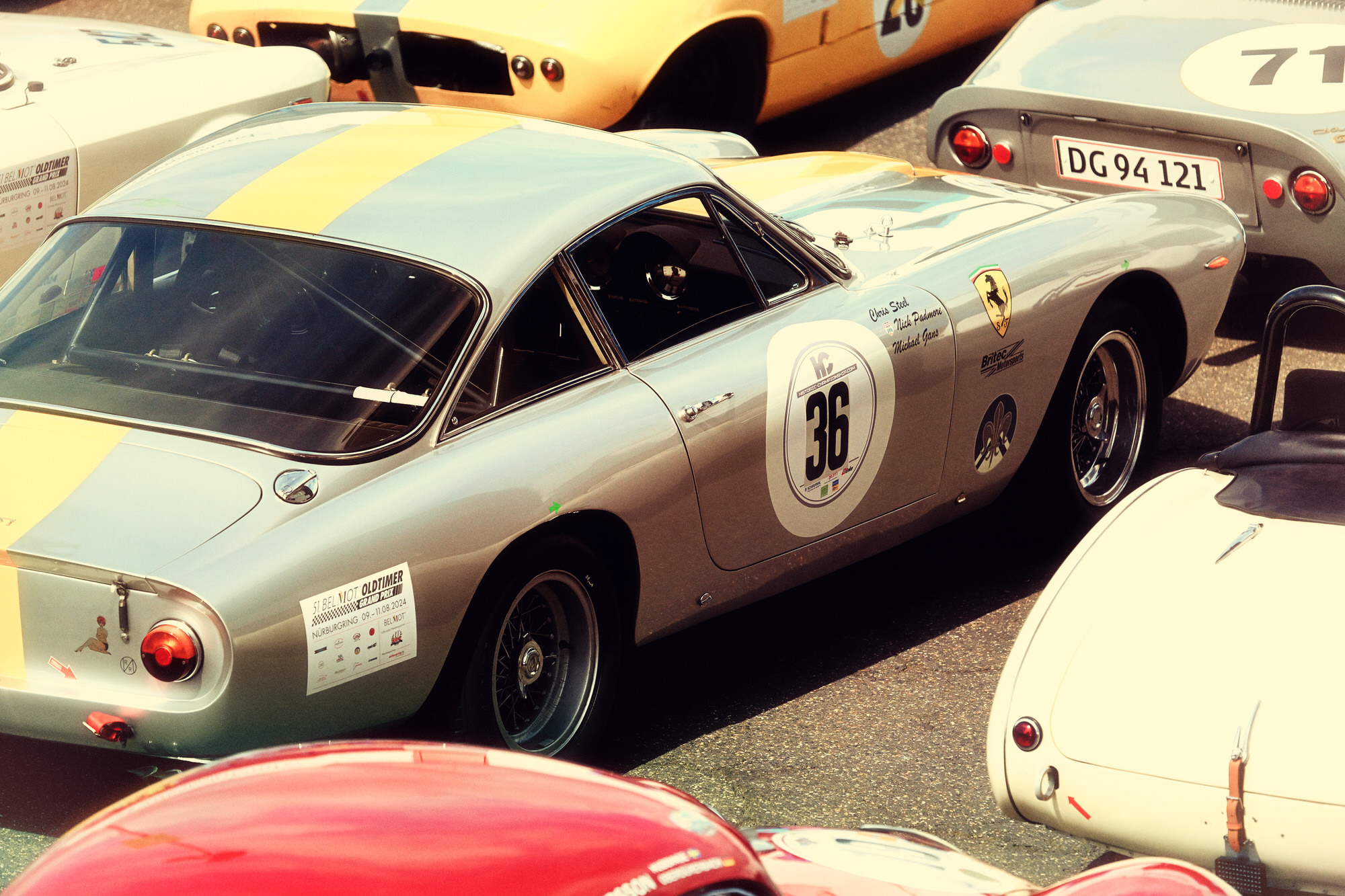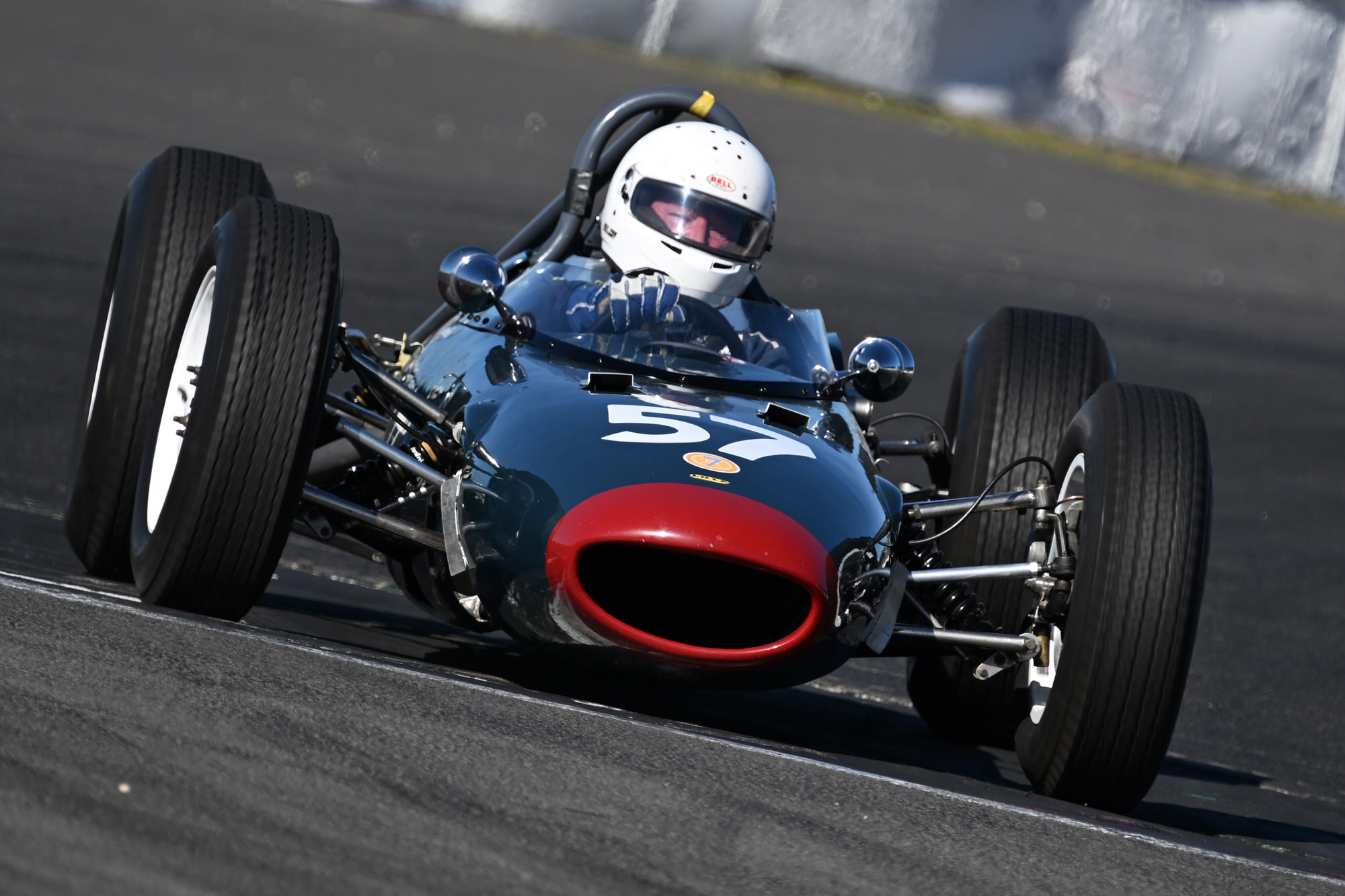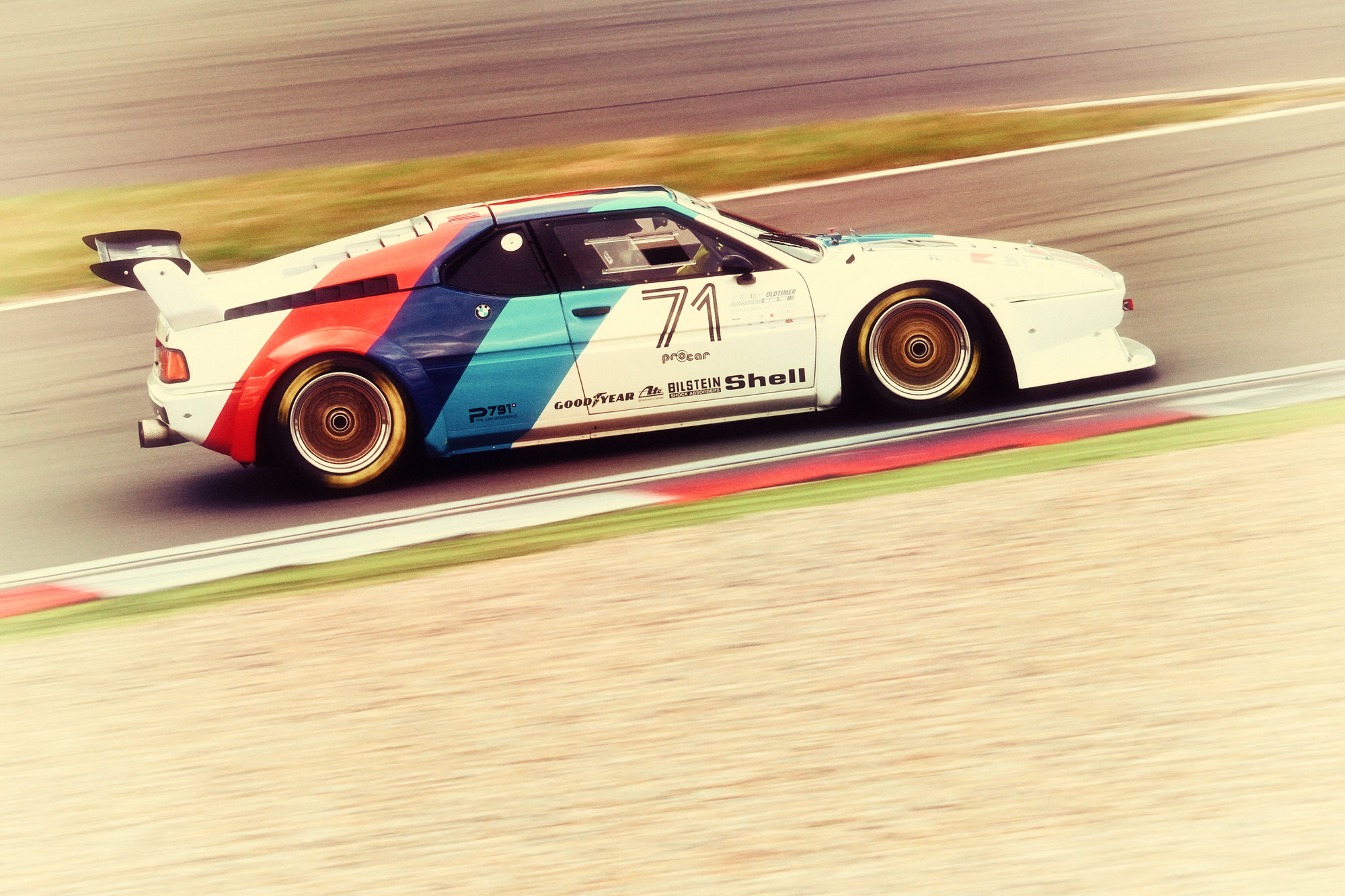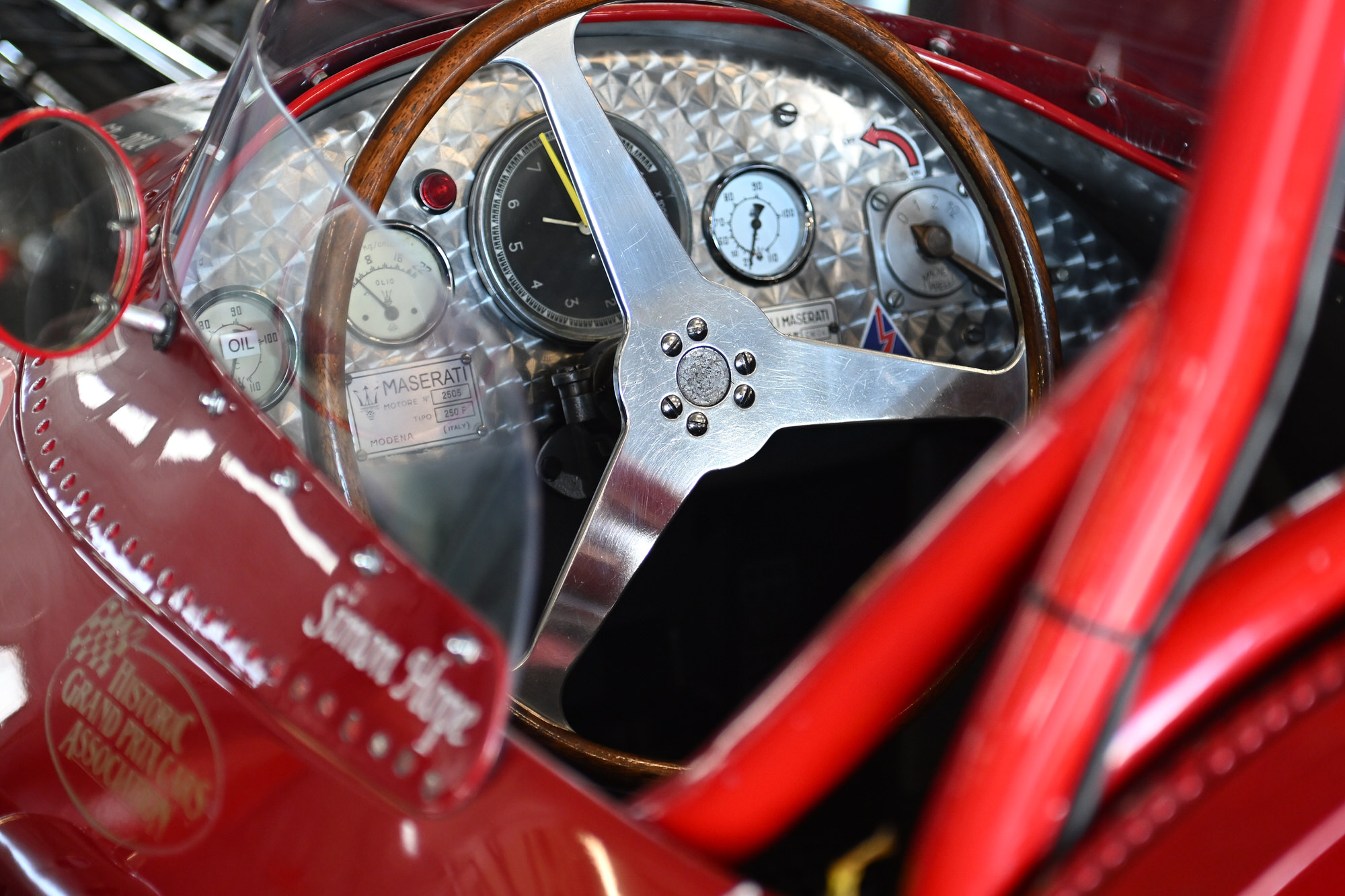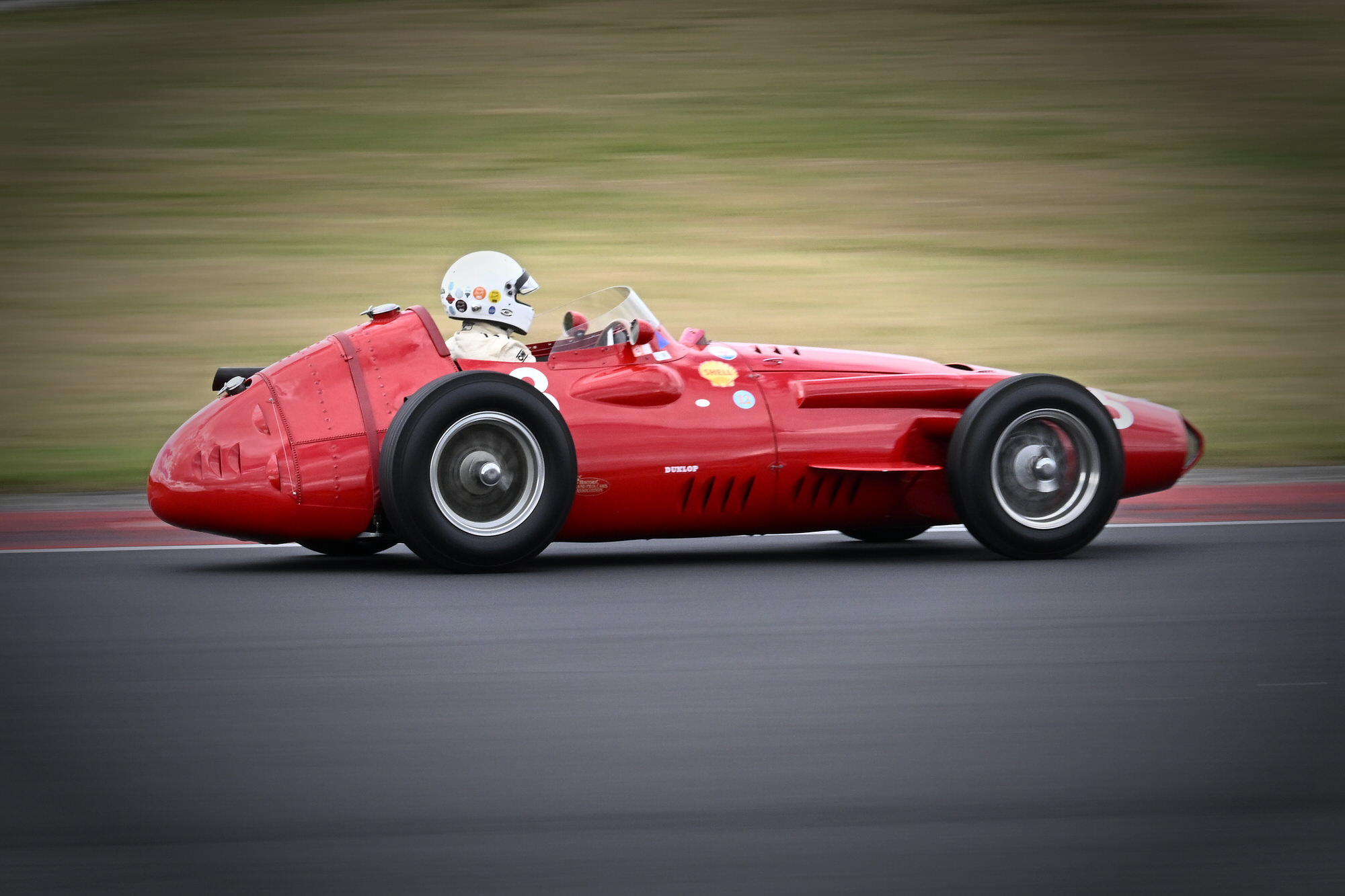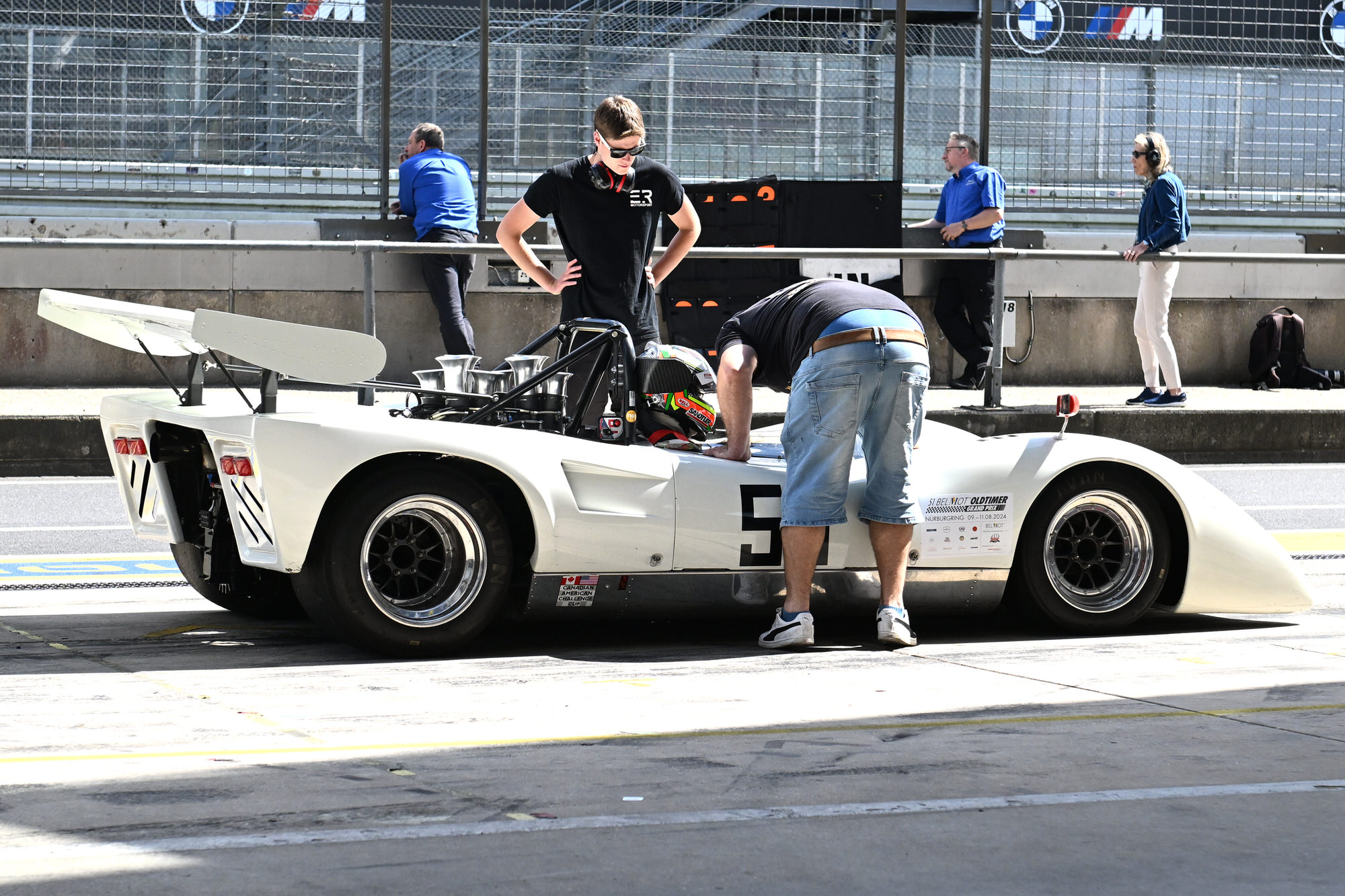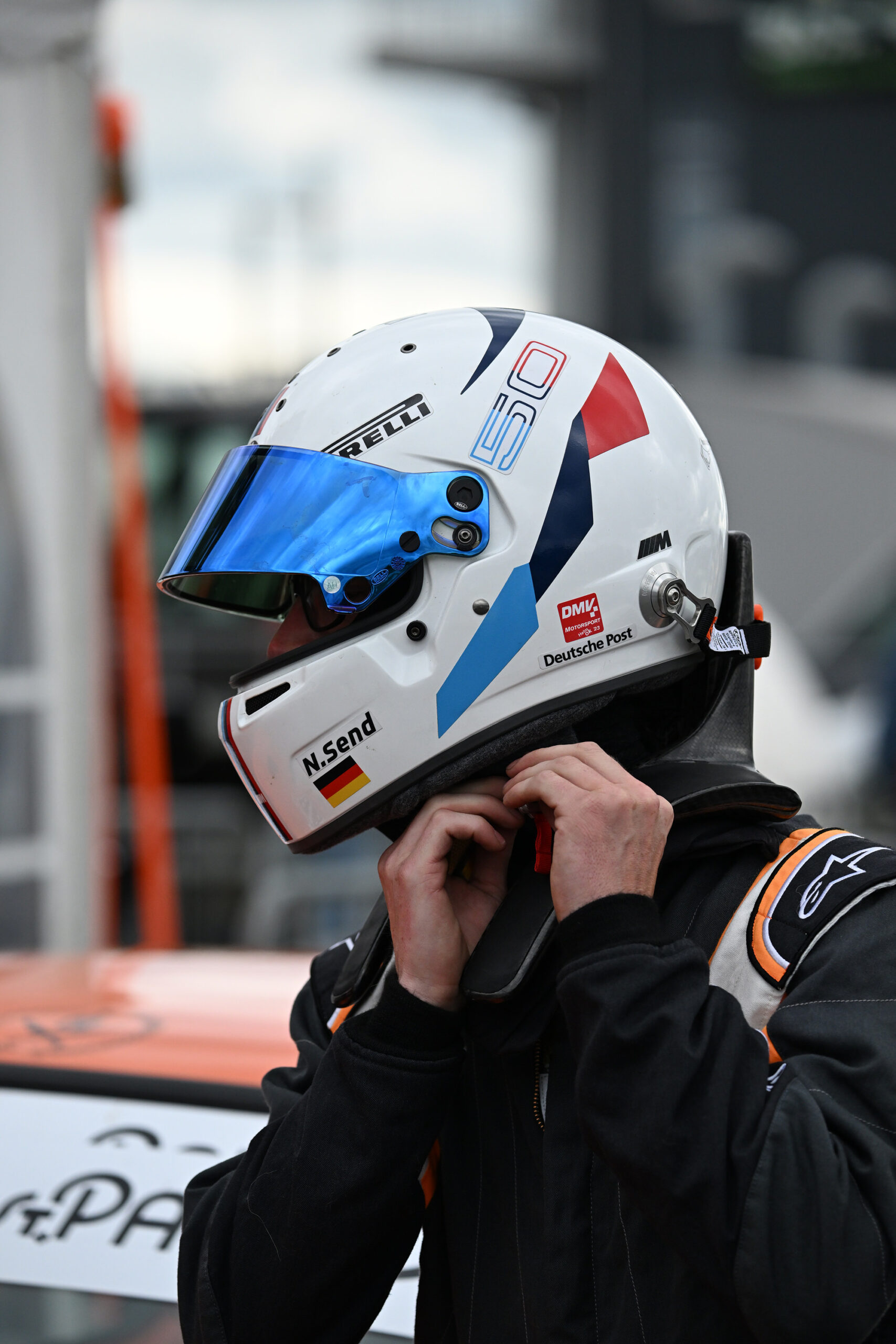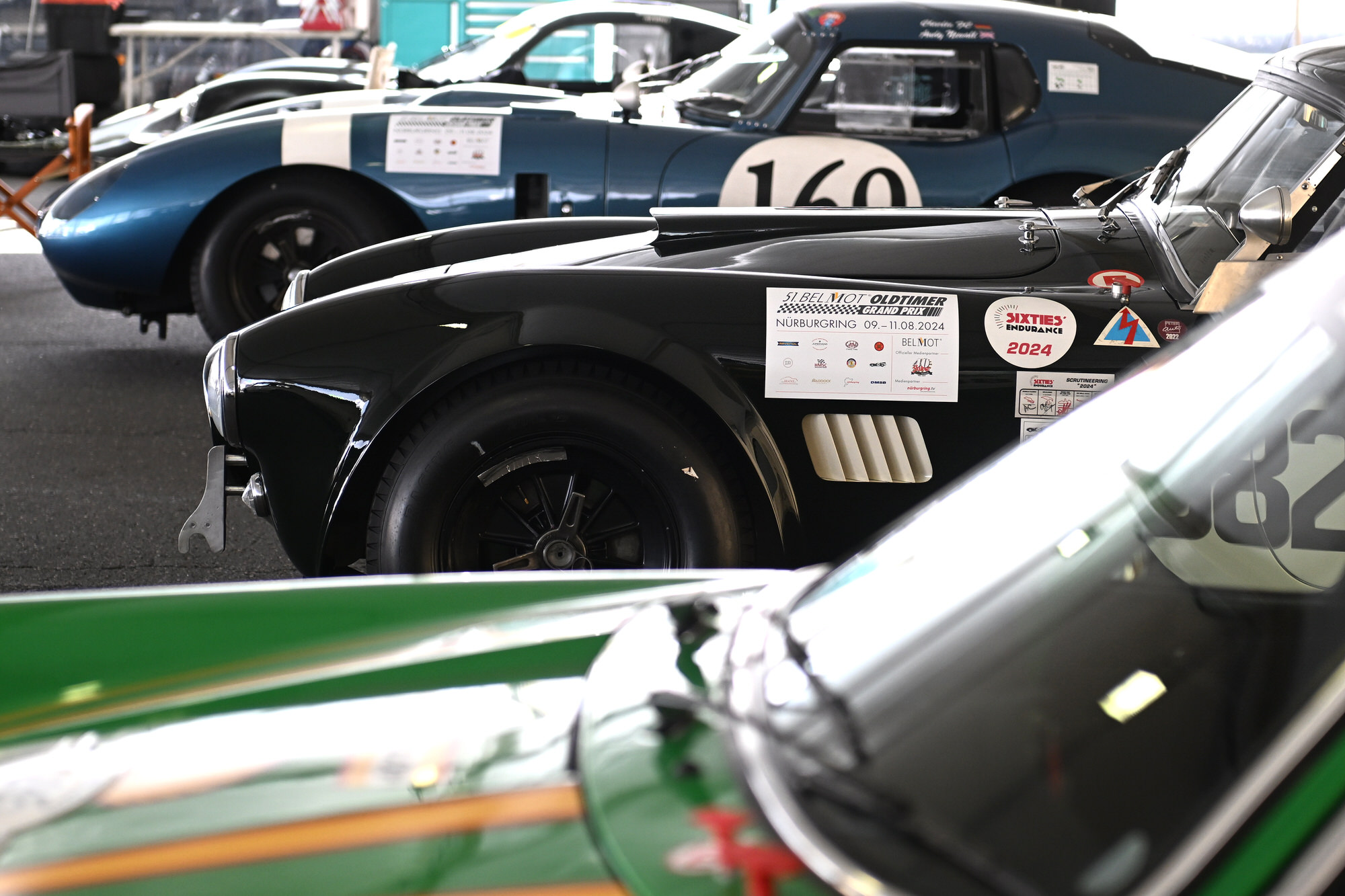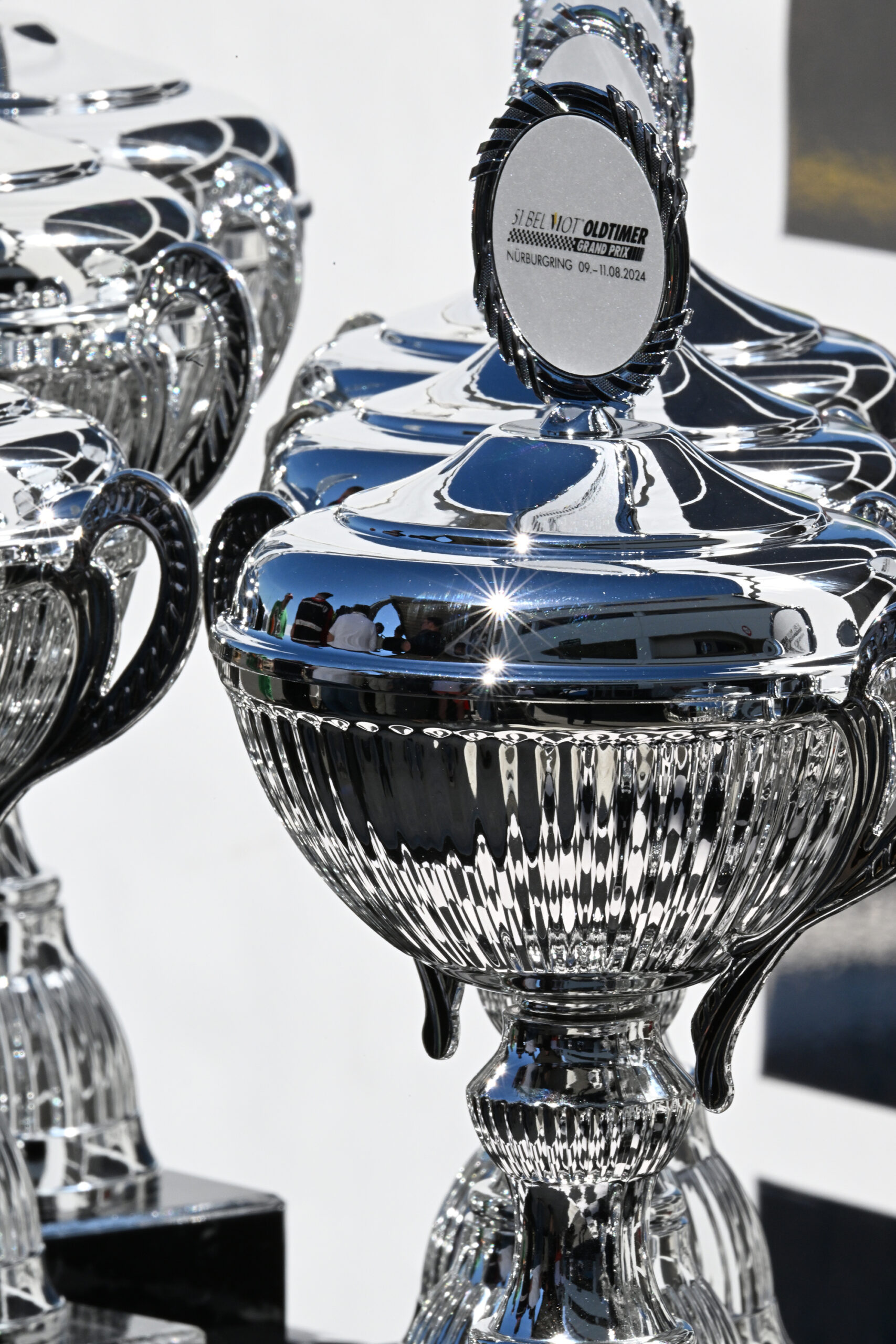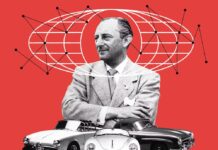The fifty-first edition of the traditional classic car Grand Prix at the Nürburgring took place this year for the first time with a new eponymous sponsor. After years of partnership with the AvD, this year it is BELMOT Oldtimer Versicherung from Mannheim. After last year’s anniversary event of the OGP, the event has now started with many fresh and new ideas for the future. And I can say that I was pleasantly surprised by the quality and quantity of the starting fields in the individual racing series.
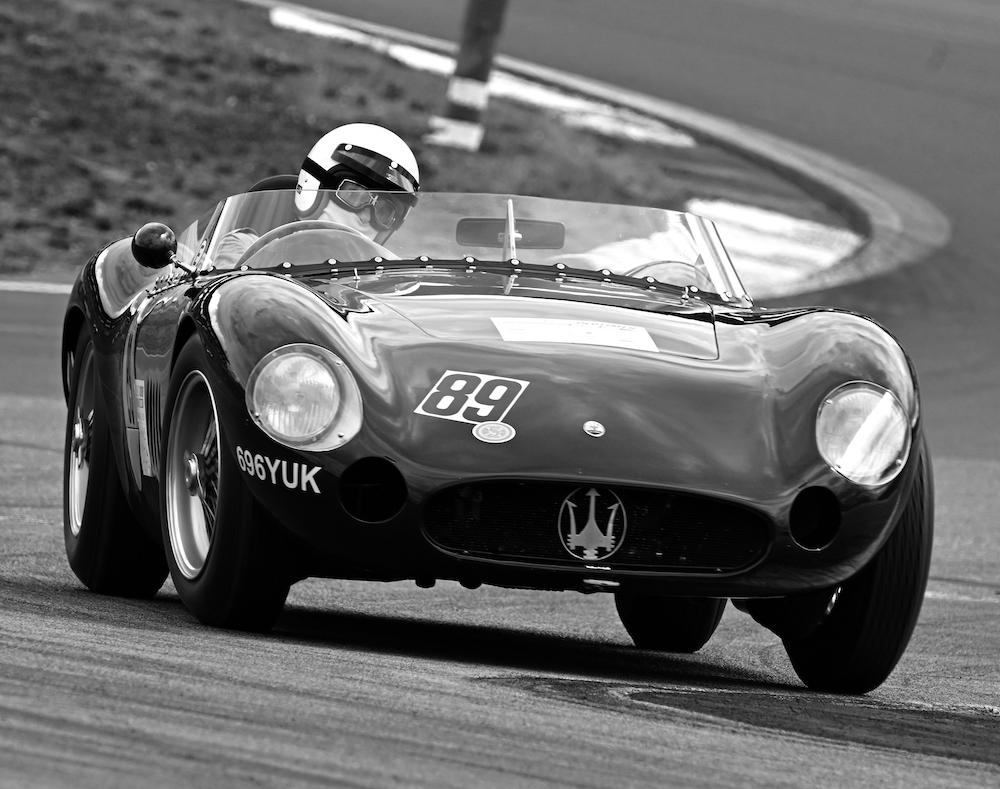
It was a fast-paced journey through the history of the automobile and, of course, racing cars in particular. Almost a hundred years of automotive history were presented in the individual racing series. And it all took place in perfect summer weather.
The Nürburgring provided a unique backdrop. The most traditional German, one could almost say European, race track is and remains a special place for me. It was here that I had my first encounter with motor racing and motorsport as a fifteen-year-old teenager. It was the German Formula 1 Grand Prix in 1976, and since that special experience I have always enjoyed coming back here.
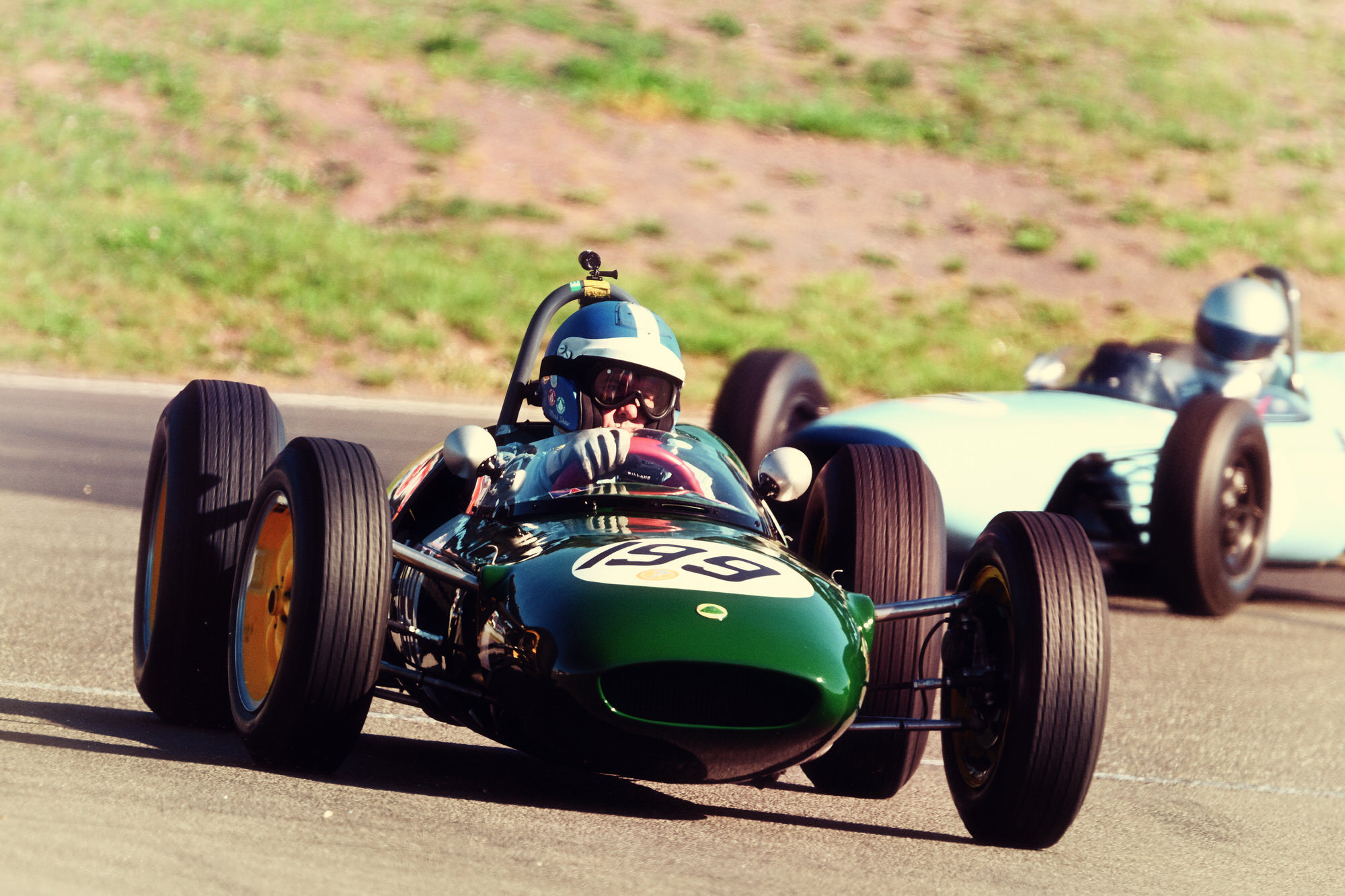
The Oldtimer Grand Prix is one of my annual highlights on my photo trips to historic motorsport events. Every year, the best and rarest racing cars from different eras are at the start. This year it was a Ferrari 246SP and three Shadow Can Am racing cars, among others. They were jet black, painted in a high-gloss finish and adorned with the snow-white UOP sponsor logos. The Shadow racing cars are unusually long and wide, yet very flat, with beautifully curved bodies. They have huge rear wings, and one even had an oversized front wing mounted on the front of the car. I could well imagine that the driver’s view of the road in these racing cars was somewhat restricted by this wing. In those days, downforce was not generated by the aerodynamic design of the underbody, but by fitting oversized wings. Air resistance probably played a rather subordinate role with the large-volume engines with enormous power. And they were really fast.
I’m not sure whether the Ferrari 246SP is an original or a replica, but to be honest, that doesn’t really matter to me as a photographer. The Ferrari has a really unique shape, especially the side view is spectacular. And the sound was simply sensational.

One of the special highlights of the Oldtimer Grand Prix every year is the race of the racing cars of the ‚Deutsche Rennsport Meisterschaft’. As always, various Ford Capri Turbo, Porsche 934 and 935, Ford Escort 2000RS, De Tomaso Pantera, BMW M1 Procar and many more drove a real race, where fractions of a second were at stake.
Another exciting racing series was the appearance of the Historic Grand Prix Cars Association (HGPCA) with its Grand Prix racing cars from the fifties and sixties. The racing cars in this series are divided into two main groups, one being the front-engined racing cars of the fifties, such as my absolute favourite racing car, the Maserati 250F. The other are the then innovative rear-engined racing cars of the 1.5 litre formula of the early sixties up to the 1965 model year, including of course countless Lotus and Cooper racing cars in the typical ‘cigar shape’ of the time with a lattice and tube frame. When you look at these racing cars in the pits as they are being prepared for the next race, you can marvel at the simplicity of the design and technology, but also the immense fragility.
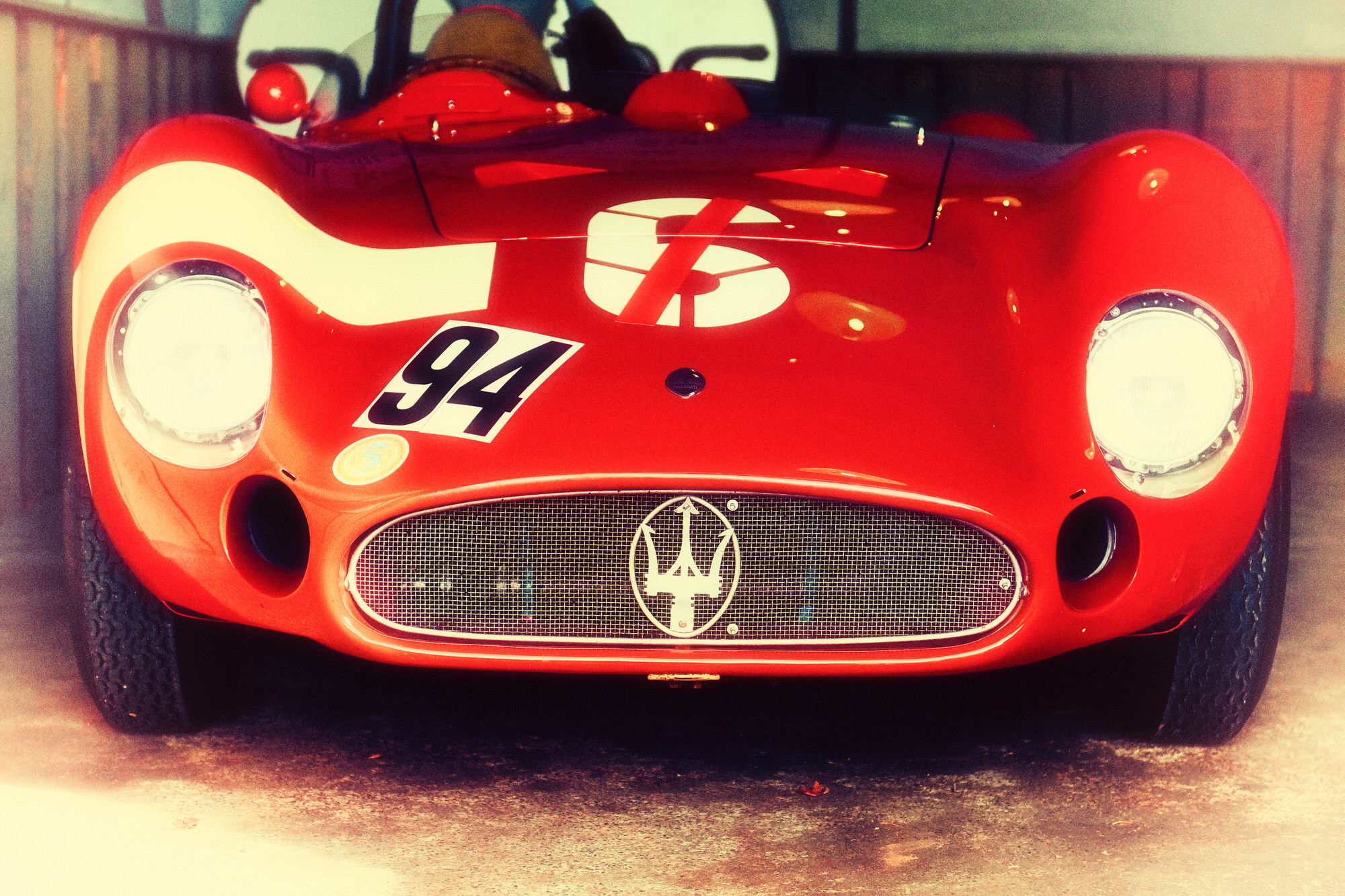
To draw a link to the present, the Ferrari racing series organised by the Ferrari Club Deutschland makes a guest appearance every year. Here, contemporary Ferrari 458 and 488 Challenge Evo as well as 458 and 488 GT3 cars are driven at the limit. Some of the Ferraris are painted in rather colourful liveries, so it’s hard to say whether this is really beautiful.
The main attraction of the Oldtimer Grand Prix is and remains the race for two-seater sports cars and GTs built up to 1965, which traditionally starts on Saturday evening and leads into the setting sun and dusk and honours the winner with a breathtaking fireworks display. The starting field for this race is always well filled with exciting and rare racing cars. This year it was the appearance of the aforementioned Ferrari 246SP, which was by no means the fastest in the field, but in any case the most beautiful racing car of this evening race. This race traditionally begins with a Le Mans start. But only for demonstration purposes, of course. Nevertheless, none of the drivers waiting on the opposite side of the road for the start signal wants to be the last to start their car.
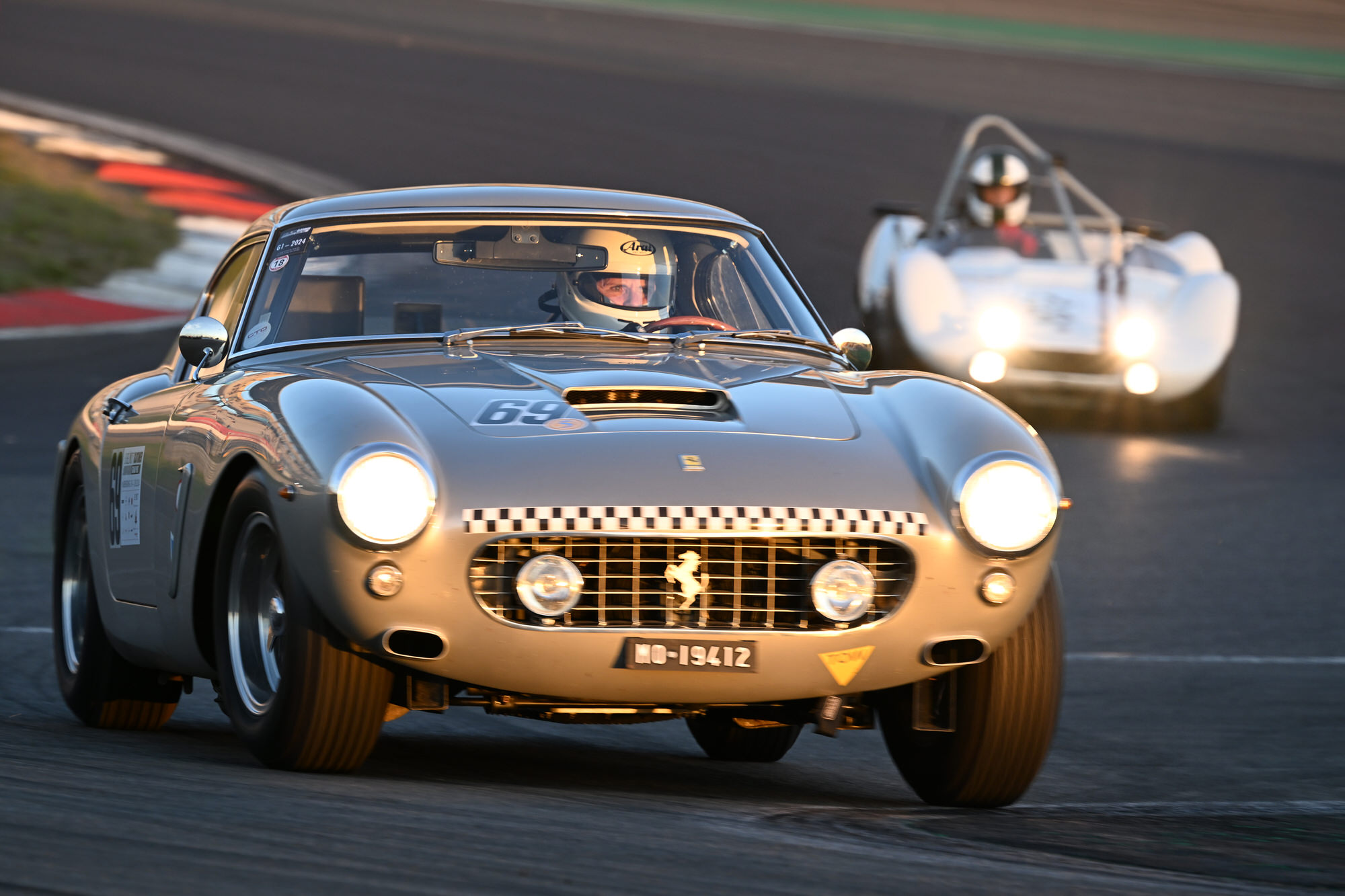
According to the organisers, there were over 46,000 spectators at the Nürburgring over the weekend to watch this spectacle. I don’t think anyone was disappointed and everyone got their money’s worth. Admission to the paddock is included in the ticket price, so you could also take a look behind the scenes and look over the shoulders of the drivers and mechanics.
The date for next year has also already been set, to my surprise it is not the second weekend in August as it has been for decades, but the first, i.e. 1 – 3 August 2025. You should be there to experience this journey through time. A visit to the Ring is always worthwhile anyway, you can breathe in the history there. On the website of the Belmot Oldtimer Grand Prix you can also look up the results of this year’s races and whet your appetite for next year. Find out more about our photographer Ralph Lüker.
